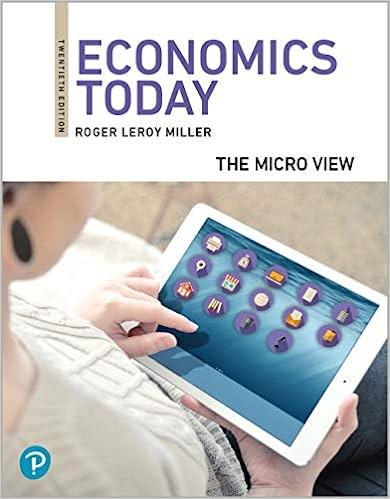In 1998, Robert Rubin, then the U.S. Treasury Secretary, claimed that the billions of dollars the U.S.
Question:
In 1998, Robert Rubin, then the U.S. Treasury Secretary, claimed that the billions of dollars the U.S. government regularly provides to the IMF to make loans to other nations cost U.S. taxpayers “not one dime.” The basis for this claim was that the funds are used for loans that borrowing nations ultimately repay, so there is no loss of the principal amount that the U.S. government provides. There is a problem with this reasoning. The U.S. government obtains all funds from U.S. taxpayers. With lower taxes, many of these taxpayers could have saved these dollars at market interest rates, or they could have directly invested those dollars at market interest rates. The IMF pays interest to the U.S. government on those funds at short-term interest rates that are normally lower than the long-term interest rates at which it lends. The IMF also lends to countries at interest rates below market levels. As a result, U.S. taxpayers earn lower interest from the U.S. government’s “IMF investment” than they would earn by long-term saving and investing on their own. This difference is an implicit subsidy, estimated to be between $1.5 billion and $2 billion per year, from U.S. taxpayers to the IMF and the nations to which it extends credit. Would U.S. taxpayers still be subsidizing the IMF and its borrowers if the IMF charged market interest rates on its loans and repaid the U.S. government for the use of taxpayers’ funds at market rates of interest?
Step by Step Answer:






